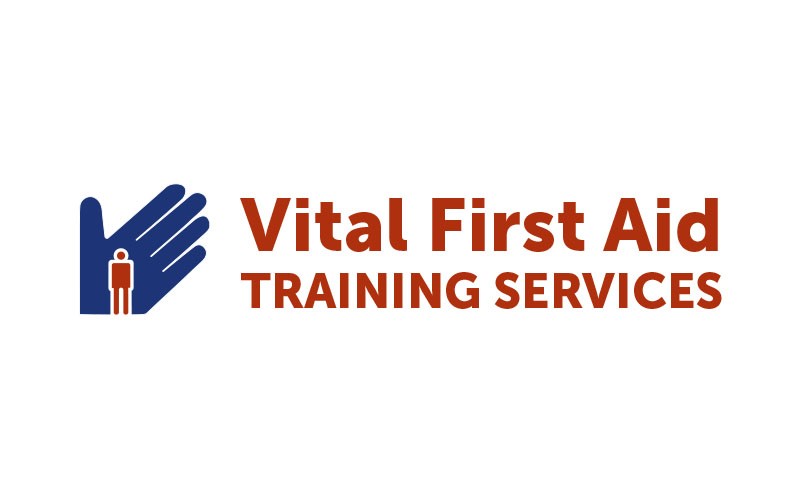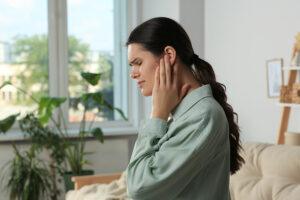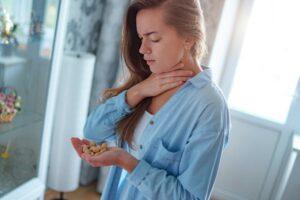How to Manage a Diabetic Emergency without a Blood Glucometer
The Australian and New Zealand Resuscitation Committee on Resuscitation (ANZCOR) make the following recommendations:
- When available, and trained to do so, use a blood glucometer to check the victim’s blood glucose level
- When available, glucose tablets are preferred over other sugars for the first aid management of suspected hypoglycaemia in conscious victims
- When available, and trained to do so, family members and carers use a GlucaGen® HypoKit® glucagon injection to manage suspected hypoglycaemia in an unconscious or seizing victim
If a person with diabetes has a diabetes management plan then that plan should be followed. If a person with diabetes reports low blood glucose or exhibits symptoms or signs of hypoglycaemia:
- Stop any exercise, rest and reassure;
- If the victim is able to follow simple commands and swallow safely, we recommend that first aid providers administer 15-20 grams glucose tablets (4 – 5 x 4 gram glucose tablets) for treatment of symptomatic hypoglycemia
- If glucose tablets are not available, we suggest administering confectionary including:
- Jelly beans (5-20 beans depending on the brand)Skittles® (20-25 candies)
- Mentos® (5-10 mints),
- Sugary drinks or sugar-sweetened beverages (approx. 200 mL), but DO NOT administer ‘diet’ or ‘Low-cal’ or ‘zero’ or ‘sugar free’ beverages;
- Fruit juices (approx. 200 mL);
- Honey or sugar (3 teaspoons);
- Glucose gels (15 g of glucose gel); and
- Monitor for improvement – resolution of symptoms would be expected within 15 minutes.
If symptoms or signs of hypoglycemia persist after 10-15 minutes, and the victim is still able to follow simple commands and swallow safely, administer a further 4 x 4g glucose tablets or alternatives as listed above. Once recovered, give a snack with longer acting carbohydrate, for example: 1 slice of bread OR 1 glass of milk OR 1 piece of fruit OR 2-3 pieces of dried fruit OR 1 snack size tub of yoghurt (not diet or ‘sugar free’ yogurt). If it is a usual meal time, then eat that meal.
If the victim deteriorates, does not improve with treatment, is seizing or is unconscious, call for an ambulance.
-
- If the victim is unresponsive and not breathing normally, commence resuscitation
- If the victim is unconscious but breathing, lie the victim on their side and ensure the airway is clear






